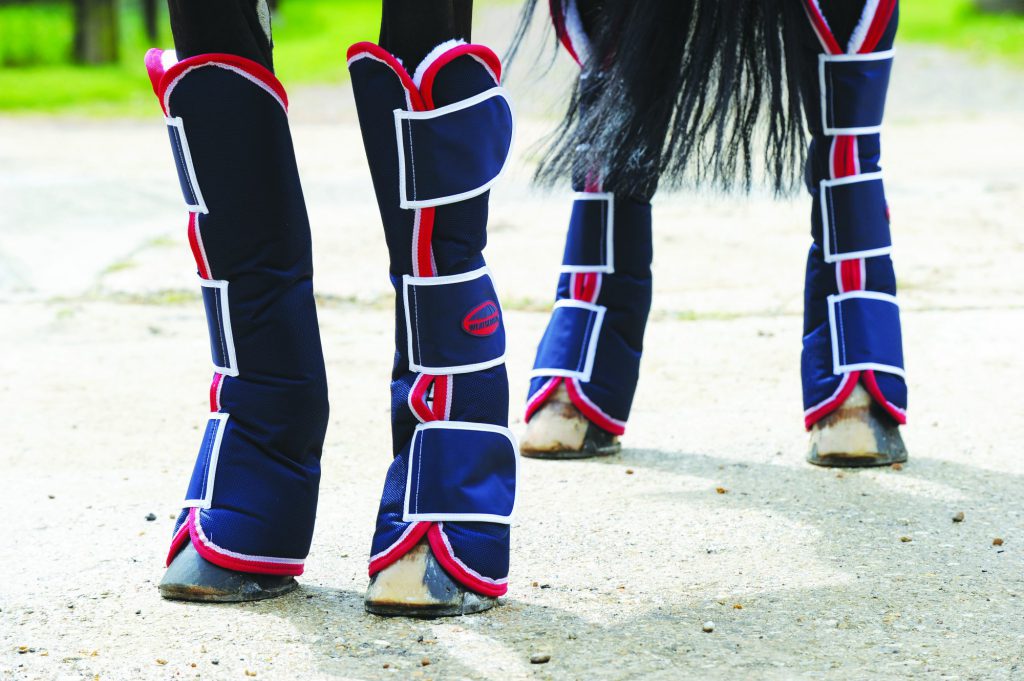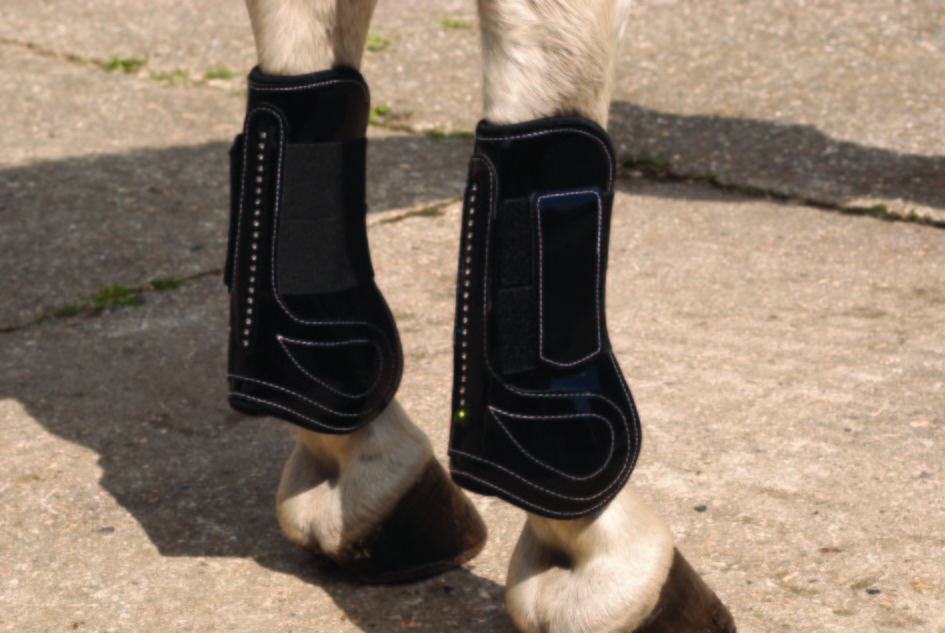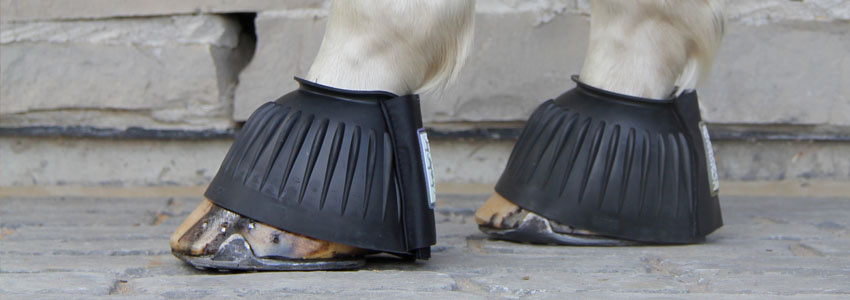During an average day of riding lessons, training, competitive practice and show jumping, chances are your horse will face a great amount of strain on his legs. But it’s only natural for 4 legs that support a weight of 400-1000 kg to receive a fair amount of physical pressure and be prone to ligament and tendon injuries. Having this in mind, in order to reduce the chance of this potential risk of tissue damage, you will need to provide your horse with extra legwear support to absorb the shock of exercising.
Nevertheless, if you spot some signs of lameness in the legs of your horse, such as joint swellings, unwillingness to stand or noticeable changes in gait, then you should definitely consult a veterinarian who will help you decide whether these weaknesses need to be treated and what’s the best way to do that. To help your horse stay well protected when practicing or traveling, it’s a good idea to protect his legs with boots which you can later clean up and reuse. Here are the commonly used types.
Travel Boots

As their name suggests, travel boots horse models are worn to protect your horse against scrapes, bangs and falls when he is traveling in a trailer or a horse box. They typically have fleece or foam lining that keeps the horse comfortable as knocking his legs against the trailer can be very painful. Similarly, when traveling with other horses, these boots will also prevent knocks against each other which may lead to injury or distress. There are travel boots horse models that cover just the lower part of the leg and models that cover the entire leg including the hock and the knee.
Fetlock and Tendon Boots

Everyone who has or rides a horse should be well aware of the joint wear and tear of the fetlocks and tendons. Tendon boots are specially designed for a closely-contoured fit and have padding that protects the side and back ligaments from being struck by back hooves. Your horse can wear them together with a pair of fetlock boots for a better overall dual support.
Bell Boots

Also known as overreach boots, bell boots are typically worn on the forelegs over the coronet and the heel in order to reduce any problems that occur as a result of ‘overreaching’. This process occurs when the hind foot scrapes the front heel and causes abrasions.











